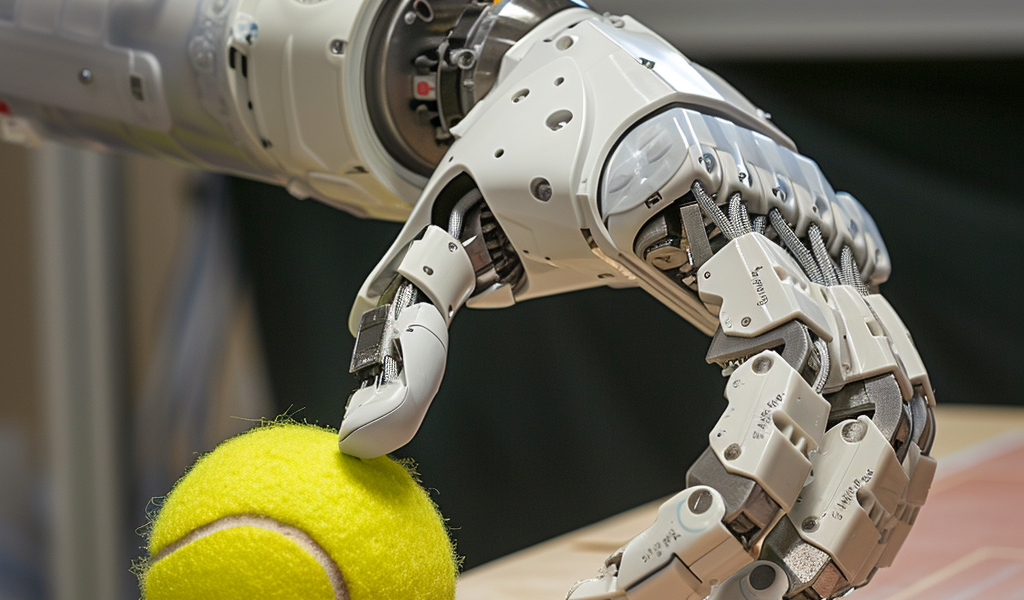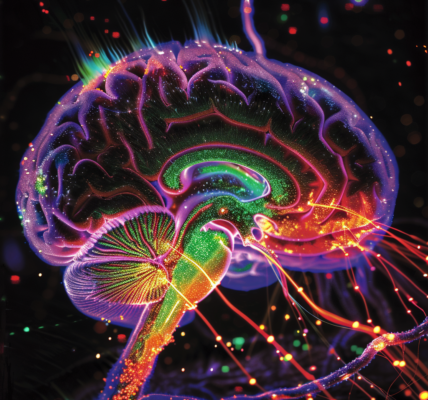Revolutionizing Touch Perception: New Artificial Tactile System Developed for Robots and Prosthetic Hands
In a groundbreaking study by researchers at Uppsala University and Karolinska Institutet, a new artificial tactile system has been developed that could revolutionize the way robots and prosthetic hands perceive touch. The study, published in the prestigious journal Science, showcases how this technology could enable robots and prosthetic hands to feel touch like a human hand.
The team behind this innovative system, led by Zhibin Zhang and Libo Chen, drew inspiration from neuroscience to create an artificial tactile system that mimics the human nervous system’s response to touch. This system utilizes electrical pulses to process dynamic tactile information, enabling it to identify objects just by feeling them.
Describing the capabilities of the system, Zhibin Zhang, a docent at the Department of Electrical Engineering at Uppsala University, stated, “Our system can determine what type of object it encounters as fast as a blindfolded person, just by feeling it and deciding whether it is a tennis ball or an apple, for example.”
The artificial tactile system consists of three key components: an electronic skin with touch sensors, artificial neurons that convert touch signals into electrical pulses, and a processor that processes the signals to identify objects. In tests, the system successfully identified 22 different objects for grasping and 16 different surfaces for touching.
Assistant Professor Libo Chen, who led the study, highlighted the future potential of the system, stating, “We’re also looking into developing the system so it can feel pain and heat, as well as differentiate materials like wood or metal. Ultimately, a prosthetic hand equipped with this technology would feel like a natural extension of the wearer’s body.”
The researchers believe that this technology could enhance interactions between humans and robots or prosthetic hands, making them safer and more natural. With further advancements, this artificial tactile system could pave the way for more lifelike and intuitive interactions in the field of robotics and prosthetics.





